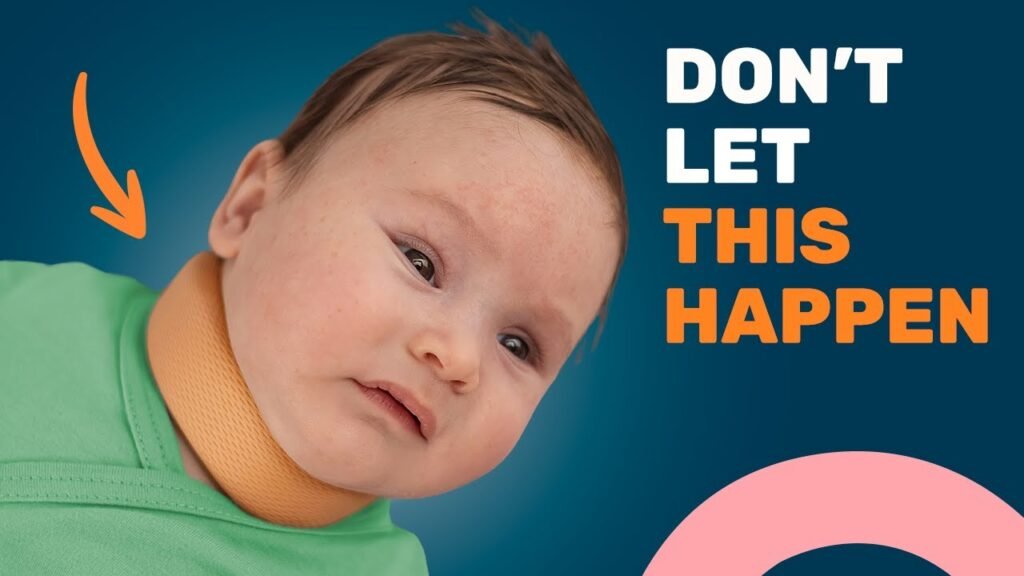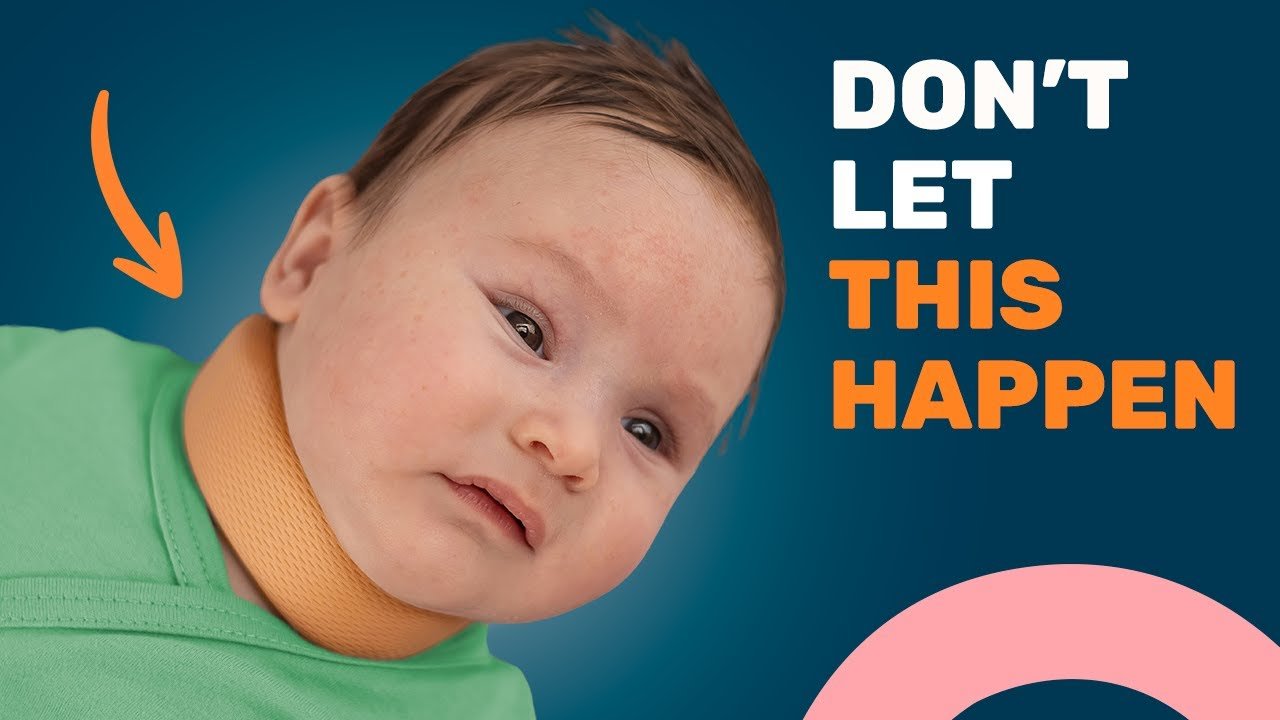In the video “Understanding Positional Plagiocephaly in Newborn Development,” Emma Hubbard discusses five common mistakes made by new parents that can potentially delay a newborn’s development. These mistakes, which are often overlooked, include “container hopping,” not addressing positional torticollis, misunderstanding flat spots on the head, allowing babies to sleep in inclined seats, and not considering the impact of baby-wearing on hip development. By bringing awareness to these mistakes, Emma aims to help new parents understand best practices that can reduce the risk of developmental delays and identify potential problems early on. Her video provides valuable insights and advice for promoting healthy development in newborns.
In the video, Emma walks you through typical scenarios and explains why certain habits may negatively impact your baby’s development. For example, “container hopping,” or constantly moving a baby from one container to another throughout the day, can limit their ability to move freely and hinder their physical skills development. Additionally, not addressing positional torticollis, a condition where a baby’s head always leans to one side, can affect muscle development and milestone achievements. Emma also discusses the misconception of flat spots on a baby’s head, which could be positional plagiocephaly and may require medical intervention. Furthermore, she highlights the importance of considering hip development when wearing your baby and avoiding the risk of developmental dysplasia of the hip (DDH). With her informative and friendly approach, Emma aims to equip new parents with knowledge to support their baby’s healthy development and ensure they don’t overlook common mistakes that can lead to developmental delays.
Understanding Positional Plagiocephaly in Newborn Development
Positional plagiocephaly is a condition that affects the shape of a newborn’s head. It occurs when there is prolonged pressure on the baby’s head, leading to flattening or asymmetry. In this comprehensive article, we will dive into the causes, effects, diagnosis, prevention, and treatment options for positional plagiocephaly. We will also discuss the importance of promoting healthy newborn development and safe sleeping practices. By understanding positional plagiocephaly, parents can take proactive measures to ensure their baby’s well-being.

What is positional plagiocephaly?
Positional plagiocephaly is a condition characterized by the flattening or asymmetry of a baby’s head. It typically arises due to external pressure on the baby’s skull, often caused by prolonged periods of lying on the back or extended use of containers such as swings and bouncers. By understanding the definition of positional plagiocephaly, parents can recognize its signs and take appropriate action to promote healthy head shape development.
Causes of positional plagiocephaly
Prolonged pressure on the baby’s head is one of the primary causes of positional plagiocephaly. When a baby spends too much time in a specific position, such as lying in a crib or car seat, the constant pressure on certain areas of the head can result in flattening or asymmetry. Restricted or limited movements, such as excessive use of containers, can also contribute to the development of positional plagiocephaly. Additionally, abnormalities in neck muscle strength can affect the baby’s ability to move their head and contribute to the condition.
Effects of positional plagiocephaly
While positional plagiocephaly is primarily a cosmetic concern, it can have potential developmental impacts on the baby. The asymmetrical head shape can affect the baby’s facial symmetry and potentially lead to self-esteem issues later in life. Furthermore, positional plagiocephaly can impact the baby’s motor skills and delay the achievement of important milestones such as rolling over, crawling, and sitting up.
Signs and symptoms of positional plagiocephaly
Signs of positional plagiocephaly include a flattened or asymmetrical head shape, as well as facial asymmetry. The baby may also exhibit limited neck movement or have difficulties achieving motor milestones within the expected timeframe. Recognizing these signs and symptoms is crucial for early intervention and treatment.
Diagnosis of positional plagiocephaly
Diagnosing positional plagiocephaly often involves a physical examination by a healthcare professional who specializes in newborn development. The healthcare professional will assess the shape of the baby’s head and evaluate any potential facial asymmetry. In some cases, imaging techniques such as X-rays or ultrasounds may be used to provide a more detailed evaluation. The healthcare professional may also assess the baby’s neck muscle strength and range of motion to determine the severity of the condition.
Prevention of positional plagiocephaly
Preventing positional plagiocephaly involves implementing certain practices in a newborn’s daily routine. Promoting tummy time, where the baby spends time lying on their stomach under supervision, can help alleviate prolonged pressure on the back of the head. Varying the baby’s positions, avoiding prolonged use of containers, using proper carrying techniques, and ensuring supervised playtime are all important preventive measures. By following these guidelines, parents can minimize the risk of positional plagiocephaly and promote healthy newborn development.
Treatment options for positional plagiocephaly
Treating positional plagiocephaly often involves repositioning techniques that encourage the baby to lie on the unaffected side and avoid pressure on the flattened area. Physical therapy exercises can also be beneficial in strengthening neck muscles and promoting better head control. In some cases, orthotic devices such as helmets or headbands may be recommended to reshape the baby’s head. However, surgical interventions are rare and typically only considered in severe cases where other treatment options have been ineffective.
How to promote healthy newborn development
Promoting healthy newborn development goes beyond addressing positional plagiocephaly. It encompasses various aspects, including age-specific activities, sensory stimulation, motor skill development, cognitive development, and communication and socialization. By engaging in appropriate activities and interactions that encourage growth and learning, parents can support their baby’s overall development.
Safe sleeping practices for newborns
Safe sleeping practices are essential for a newborn’s well-being and reducing the risk of sudden infant death syndrome (SIDS). These practices include placing the baby on their back to sleep, using a firm and flat mattress, avoiding loose bedding or soft toys in the crib, and ensuring a comfortable sleep environment with appropriate temperature and ventilation. By following safe sleeping guidelines, parents can provide a safe and conducive environment for their baby’s sleep.
Conclusion
Understanding positional plagiocephaly is crucial for parents to recognize its signs, causes, and effects. By implementing preventive measures, promoting healthy newborn development, and following safe sleeping practices, parents can ensure their baby’s well-being and reduce the risk of developmental delays. If positional plagiocephaly is detected, seeking professional advice and early interventions can aid in the successful treatment and correction of the condition. By prioritizing their baby’s health and development, parents can provide a foundation for a bright and thriving future.

